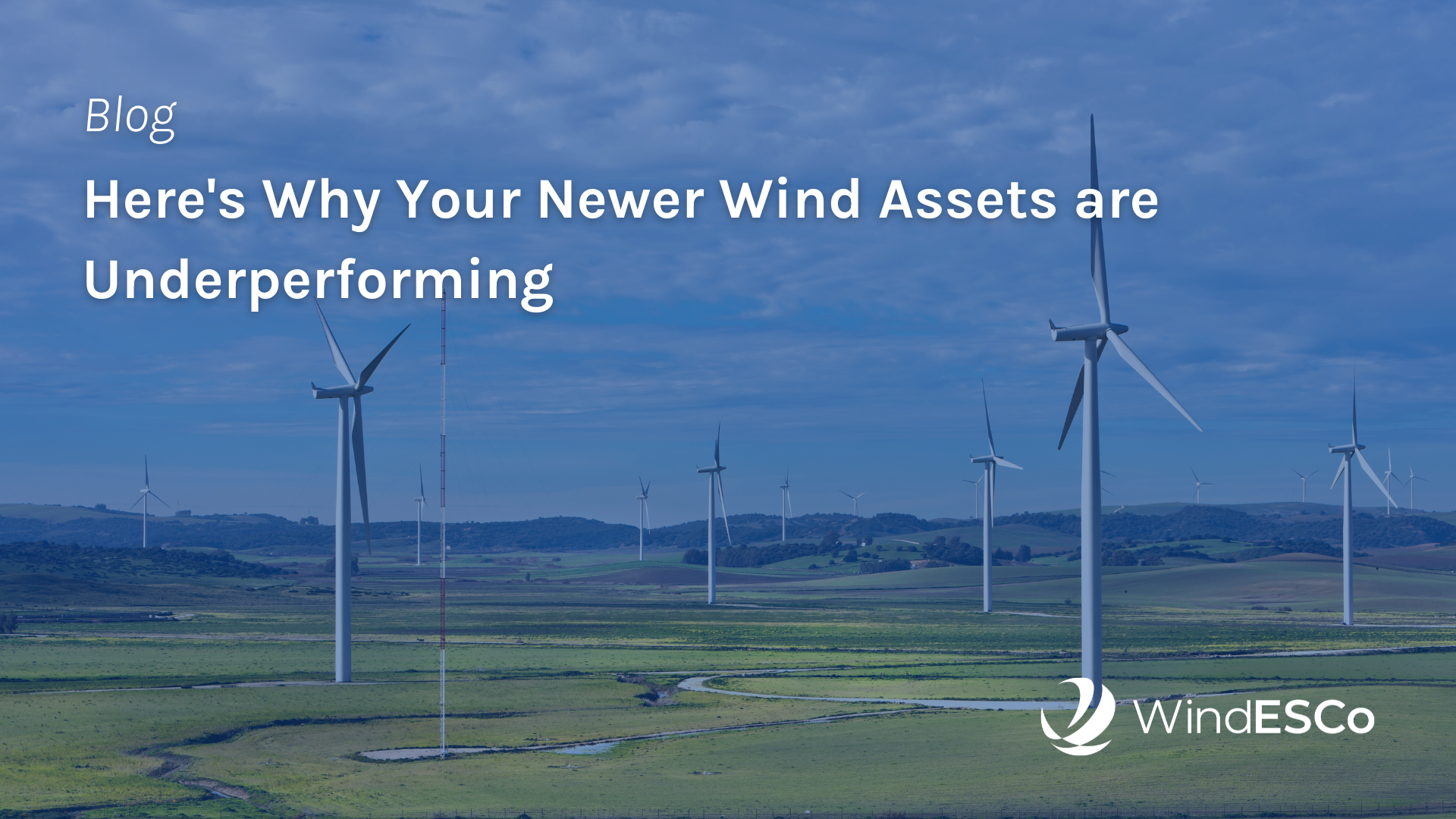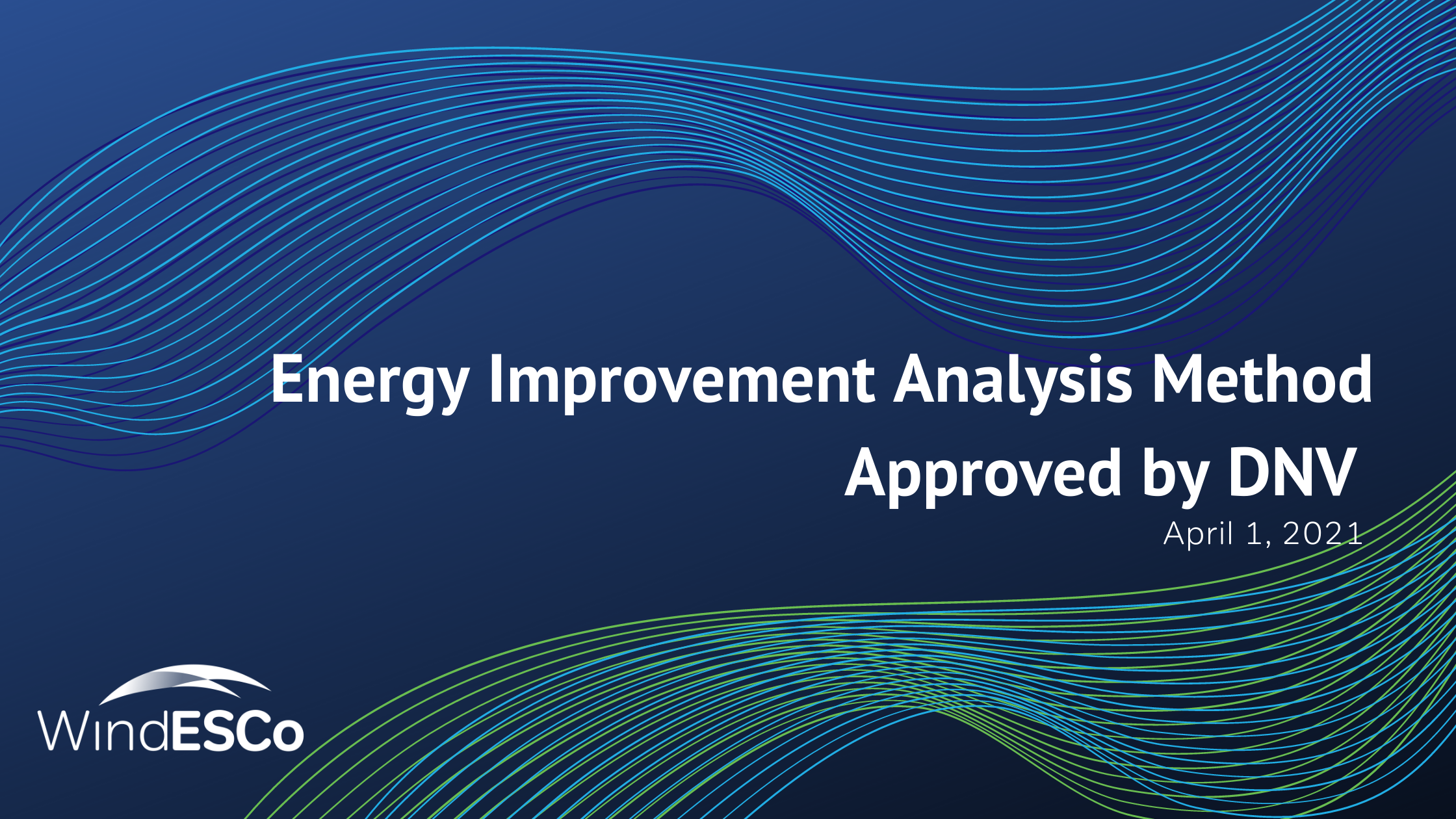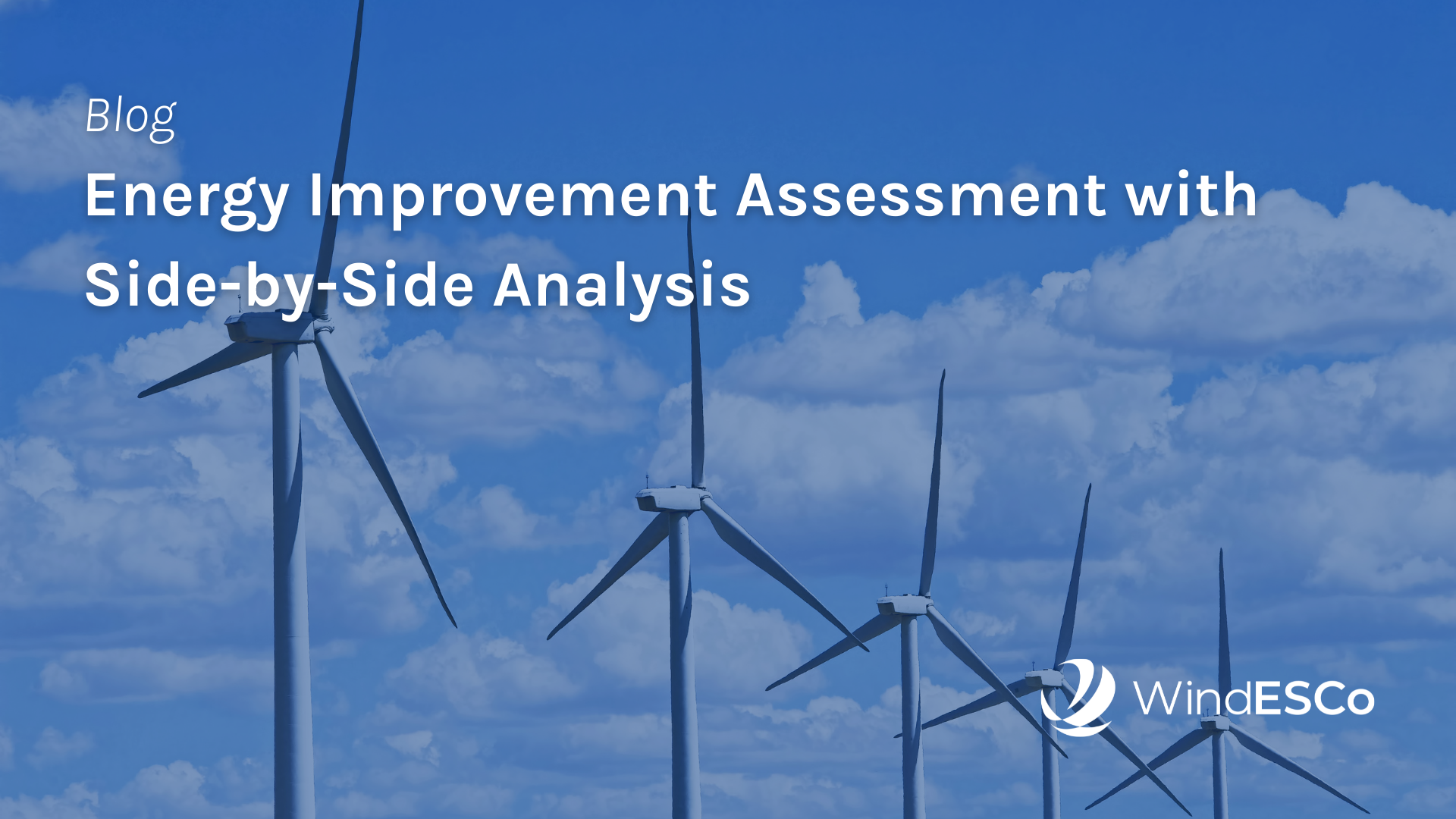Fact or Fiction: Yaw Misalignment an Issue of the Past
The race to roll out increasingly larger wind turbines among different OEMs has begun. For example, the new GE Haliade-X wind turbine has a rotor...
Previously, we've shown that nacelle power curves aren't reliable due to the interaction between the turbine performance and the nacelle transfer function. We also determined we would prefer a method that doesn't require expensive equipment and measurement campaigns, like typical power tests do. Here, we introduce the concept of side-by-side analysis. This is where we use one or more unchanged, or control turbines to measure or predict the power from the upgraded, or test turbines.
We might first think about analyzing the mean power ratio between test and control turbines before and after the upgrade. However, this method neglects the potential difference in wind speed and direction distributions between the baseline and optimized periods, which can change this power ratio without a change in performance.
We can try to account for the difference in the distributions before and after an upgrade by doing what's called binning. We can bin the test to control turbine power ratio by the control turbine power and say 100 kw bins an average inside each bin. Comparing the bin relationships before and after can give an estimate of the difference in energy production with and without the upgrade.
But what if the test to control power relationship depends on more variables like wind direction, which would show up as a high variance in each of the power bins, increasing uncertainty? We could add bins for wind direction as well, but then we've reduced the number of data points in each bin significantly, which also creates uncertainty in each bin. This problem is known as the curse of dimensionality.
But, what if there was a more automated way to choose how many dimensions to use and how to construct their relationship?

The race to roll out increasingly larger wind turbines among different OEMs has begun. For example, the new GE Haliade-X wind turbine has a rotor...

On December 6-7 WindESCo attended the CLEANPOWER 2021 conference in Salt Lake City. During the show, we exhibited WindESCo Swarm™. We also listened...

Approval validates the startup’s ability to reliably measure changes in wind turbine performance using state-of-the-art machine learning techniques
